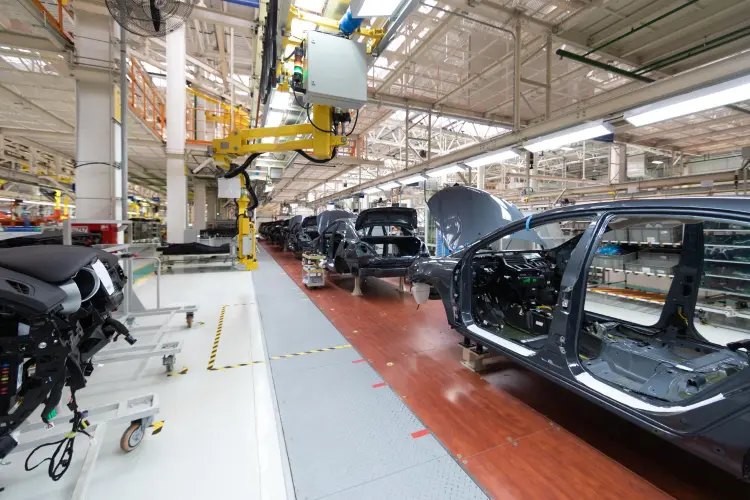

Automobile project topics
In the final year of an automobile engineering degree, students often undertake ambitious projects that serve as the culmination of their academic journey. These projects offer an opportunity to apply theoretical knowledge to real-world challenges, fostering innovation and creativity within the automotive industry. From designing and analyzing complex systems to exploring emerging technologies, the breadth of topics in automobile projects is vast.
This blog post serves as a guide to navigating the diverse landscape of final-year automobile project topics, providing insights into current trends, potential areas of exploration, and the significance of these projects in shaping the future of automotive engineering. Whether it’s optimizing vehicle performance, enhancing safety features, or advancing sustainable mobility solutions, final-year projects represent a pivotal stage in the development of aspiring automotive engineers. One can do the theoretical analysis, innovative design, and changes in the existing system of an automobile.

Table of Contents
Development of an unconventional engine design incorporating additional strokes for enhanced efficiency and reduced emissions through innovative combustion and heat recovery mechanisms.
Comprehensive assessment of power, fuel consumption, emissions, and durability to optimize performance and meet regulatory standards.
Analysis of heat dissipation efficiency, airflow, and cooling system design to ensure optimal engine temperature regulation and prevent overheating.
Engineering of gearbox components for durability, efficiency, and smooth gear shifting, utilizing finite element analysis and simulation to optimize performance and reliability.
Research and development aimed at enhancing combustion efficiency, reducing friction, and improving thermal management to increase power output and fuel economy while minimizing emissions.
Investigation and implementation of silencer design alterations for noise reduction, improved exhaust flow, and enhanced engine performance, ensuring compliance with noise pollution regulations without compromising engine efficiency.
Research and development focused on enhancing fuel atomization, air-fuel mixture control, and overall efficiency to optimize combustion and reduce emissions in internal combustion engines.
Investigation of the impact of additives such as octane boosters, detergents, and stabilizers on engine power, fuel economy, emissions, and durability.
Structural engineering of chassis components to ensure strength, stiffness, and crashworthiness while minimizing weight, utilizing finite element analysis and simulation for optimal performance.
Engineering of brake systems for efficient deceleration, heat dissipation, and reliability, considering factors like braking force distribution, thermal management, and fade resistance through computational modeling and testing.
Development of clutch mechanisms for smooth engagement, durability, and torque transmission, utilizing simulation and analysis tools to optimize performance and ensure driver comfort and vehicle reliability.
Engineering of suspension components for optimal vehicle stability, comfort, and handling across various road conditions, employing simulation and testing to refine spring rates, damping characteristics, and geometry.
Development of transmission systems utilizing hydraulic, electronic, or dual-clutch mechanisms for seamless gear shifting and improved fuel efficiency, considering factors like gear ratios, torque converters, and control algorithms.
Research focused on enhancing cooling efficiency, reducing energy consumption, and improving cabin comfort through innovations in compressor design, refrigerant selection, and thermal management strategies.
Integration of lightweight materials and aerodynamic enhancements for enhanced performance and stability at high speeds, utilizing computational fluid dynamics (CFD) and finite element analysis (FEA) to optimize structural integrity and aerodynamic efficiency.
Assessment of energy recovery efficiency, braking force distribution, and system integration to optimize performance and maximize energy regeneration during deceleration, contributing to improved fuel economy and reduced emissions.
Utilization of advanced composite materials like carbon fiber reinforced polymers (CFRP) or fiberglass for lightweight, strength, and corrosion resistance in-vehicle components and body structures, leading to improved fuel efficiency and performance while maintaining safety standards.
All the above topics seem very simple in the list but one needs to go through existing conditions and research level to date. To do this, one should carry out a literature review about each part you are choosing as a project topics. Find out the chances of improvement and carry out analysis to improve it.